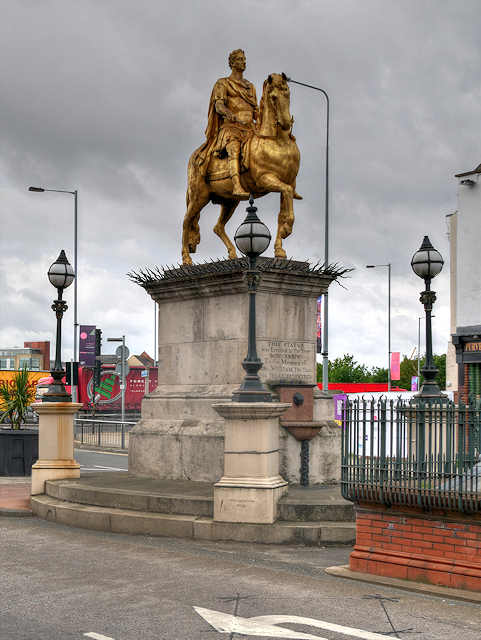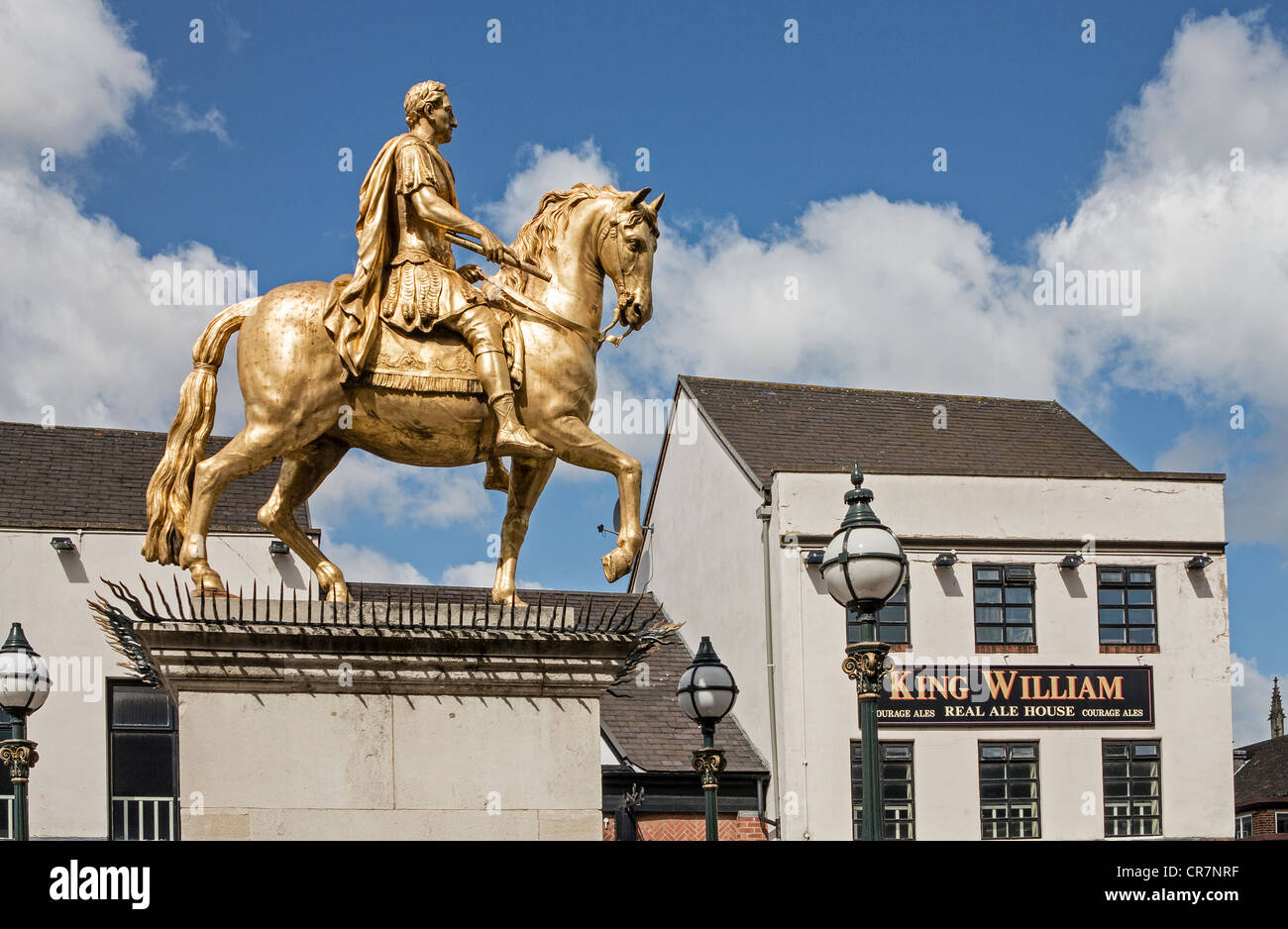King Billy Hull
The deal allows Jarrow-based contractor Wescott to offer clients a fully integrated scaffolding service, which it previously subcontracted, and expands its geographical base.
New SGS owners Wescott Industrial Services’ managing director Mark Duffy (left) and commercial director Matthew Doyle (right)
Billy Gilmour is a loan target for Southampton after being left out of Thomas Tuchel's first two Chelsea squads, according to a report.: football chelsea transfer talk news chelsea in talks with. HULL’S PUBS This is about some of the fascinating pubs around the area of the Walking Guide not the quality of the ales and food, excellent though this may be but about the buildings. The first pub ia called the King Billy (it is opposite the statue of King Billy). King Billy Gin is a premium handcrafted gin. Distilled in Yorkshire in small batches of 35 litres at a time. King Billy, Hull!! Under New Management/Ownership. Live Bands/DJ every Friday and Saturday Night!! Private Function Room available holding up to 120 people. Bar Staff Wanted. The King Billy statue in hull witch is a prominent future of our town came to Hull in 1734 it was smelted by peter Scheemakers who were Flemish it was offered to Bristol but they at the time where not a wealthy town and could not afford it and hull been prospers town and very wealthy at the time could so hence it came along with peter Shoemakers who erected it.

Established in 1994, SGS employs around 70 staff and operates nationwide for clients such as Engie, BAM Construction, Amco Griffen and Gassco Gas Terminal.
Founded in 2010, Wescott Industrial Services is owned by three shareholders, Mark Duffy, Matthew Doyle and Kevin Carruthers, who joined the business in 2016.
Westcott employs around 80 staff specialising in industrial blasting and painting services to renewables, oil & gas and infrastructure sectors.
“Bringing such a well-established and experienced scaffolding contractor into our business will offer considerable benefits to both businesses and support the continued scale-up of our operations.”
Newcastle-based RG Corporate Finance advised on the takeover.
The gilded statue of King William III is one of Hull's most distinctive landmarks.
Installed in 1734, the sculpture features what appears to be a Roman emperor sat astride a horse.
The Roman theme was the idea of sculptor Peter Scheemakers, but an inscription on the front of the statue reveals the true identity of the rider above.
It says: 'This statue was erected in the year 1734 to the memory of King William the Third our Great Deliverer'.
Today, the familiarity of the King Billy statue in Market Place makes it easy to forget why it's there in the first place and exactly what sort of delivery business the late monarch was involved in.
Needless to say, it had nothing to do with pizzas or Amazon-style brown boxes.

Instead, the reality is far more dramatic and involves a near-invasion of Hull, a bloodless coup and a long-forgotten annual day of local celebration which took place for over 100 years.
The story behind the statue starts in late 1688 amid mounting tensions over the immediate future of King James II.

At the time the Catholic king's popular support was weakening, chiefly because of his determination to convert the country to his religion.
Without a son for many years, an heir apparent was his Dutch-born son-in-law Prince William of Orange who was a Protestant.
King Billy Hull
When James finally fathered a son, anti-Catholic feeling swept through the country and resulted in a group of noblemen secretly urging William to intervene to prevent the king packing parliament and the armed forces with Catholic supporters.
Prince William set sail with an invasion force of around 100 ships on October 19 but was driven back by a storm.
Read More
Related Articles
Read More
Related Articles
The fleet sailed again two weeks later but across the North Sea in England no-one seemed to know what part of the coast it was bound for.
Because of its strategic position, the port of Hull was a likely landing point and preparations had been put in place for a siege, including plans to deliberately flood the surrounding countryside by destroying drainage dykes.
King Billy Hull Actor
The activity centred on the Citadel, a military fortress at the mouth of the River Hull close to where The Deep stands today.
A garrison there was under the command of Lord Langdale, the then governor of Hull and a leading Catholic supporter of the king.
Langdale fully expected William's invasion fleet to appear in the Humber and but he already had his hands full providing sanctuary to Catholics fleeing to Hull from the East Riding where Protestant support was rising.
As it was, the weather intervened again and more strong winds eventually took William's fleet to the Devonshire coast where 15,000 troops landed at Brixham.
Hull remained under Catholic control until December 3, when a plot by Langdale and his supporters to lock up all the Protestant officers at the garrison was uncovered.
Secretly backed by the town's magistrates and other leading figures, rebel Protestant officers organised a counter-coup and arrested Langdale and his cohorts, putting them behind bars in the Citadel's cells instead.
The events in Hull finally crushed any lingering hopes James had of winning support for his cause ion the north of England and on December 11 he fled the throne.
The Citadel coup became known as Town Taking Day, which would be celebrated for Hull for years to come.
King Billy Hull Obituary
King Billy Hull Wife
However, the annual festival is unlikely to have been the equivalent today's Humber Street Sesh as Hull's established reputation as a hotbed of Puritan faith frowned on theatre-going, gambling, drinking and idleness.
Eventually, however, a less sober approach was adopted.
The installation of the King William cemented Hull's Protestant credentials and a contemporary report of the town's centenary celebration of Town Taking Day in 1788 suggests a continuing love affair with King William's Glorious Revolution.
Watch: Can you recognise Hull pubs and bars from these nostalgic pictures?
'The concourse of persons who flocked into the place from all parts of the surrounding country was immense, and the visitors as well as the inhabitants, were splendidly decorated with orange ribands.'
A procession, a special service at Holy Trinity Church and an evening of 'elegant and sumptuous entertainments' at the Guildhall were followed by fireworks and triumphal archway being erected over the statue.
Fast forward to 2020 and the recent conversion of the former King William House office block into apartments and the imminent re-opening of nearby historic King Billy pub as a live music venue have once again shifted the focus back onto the statue which has inspired their names.
Sadly, some of the statue's eye-catching gilt paintwork is looking a little shabby while the equally famous Grade II listed toilets which it stands above remain closed.
Perhaps it's time for the King to get his lustre back and for someone at the city council to re-open the loos to the public once again.